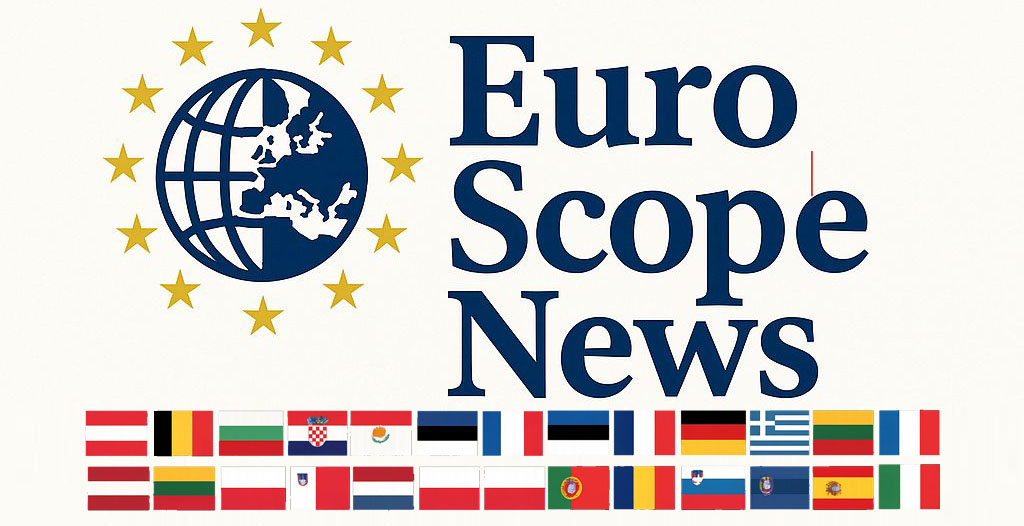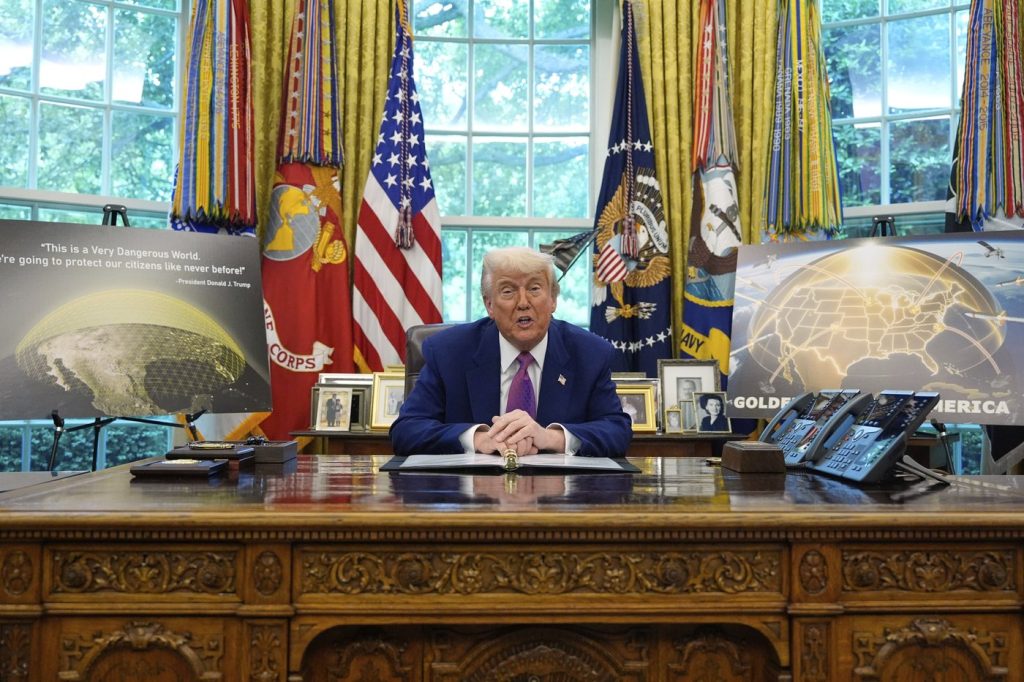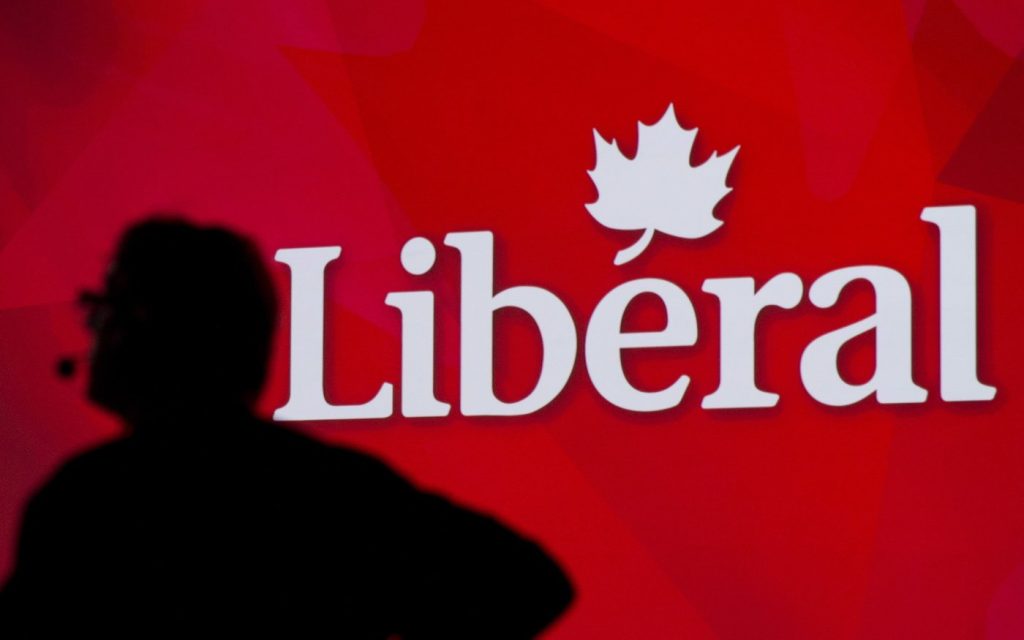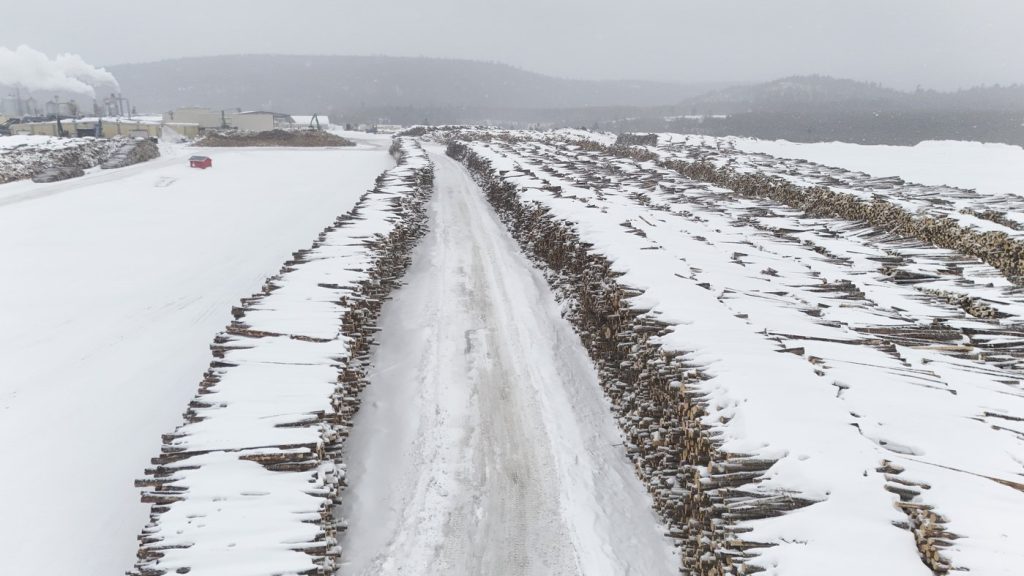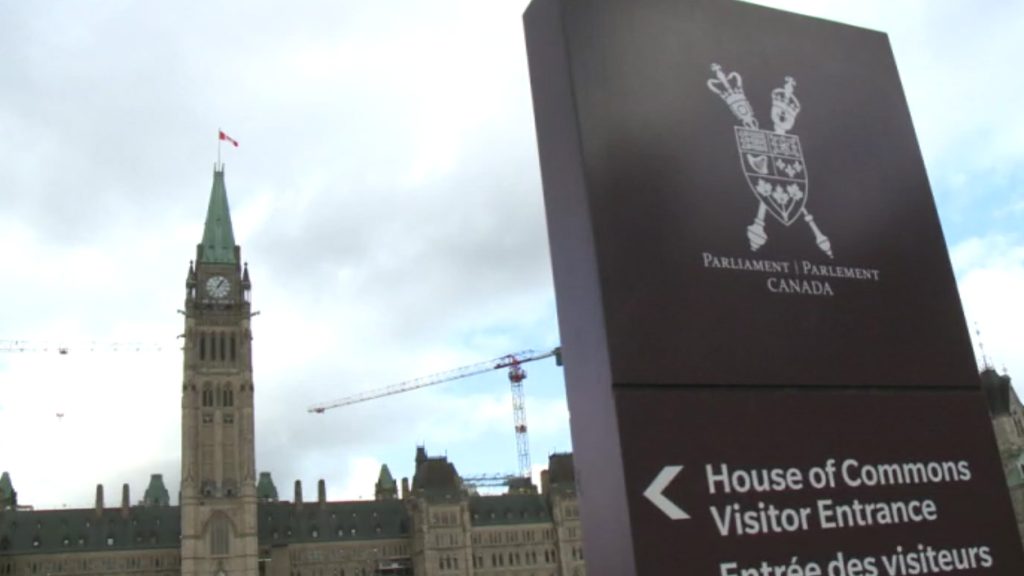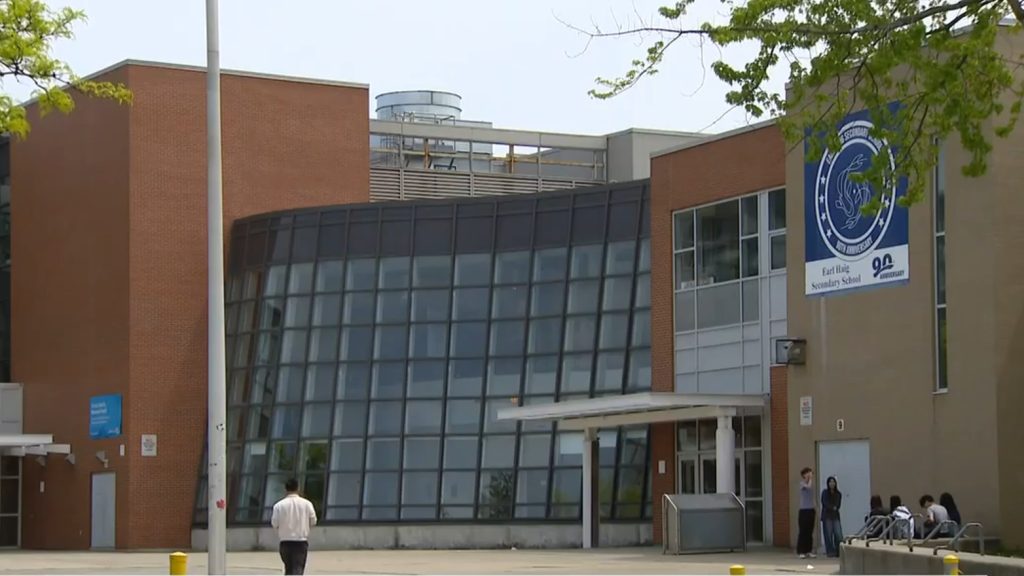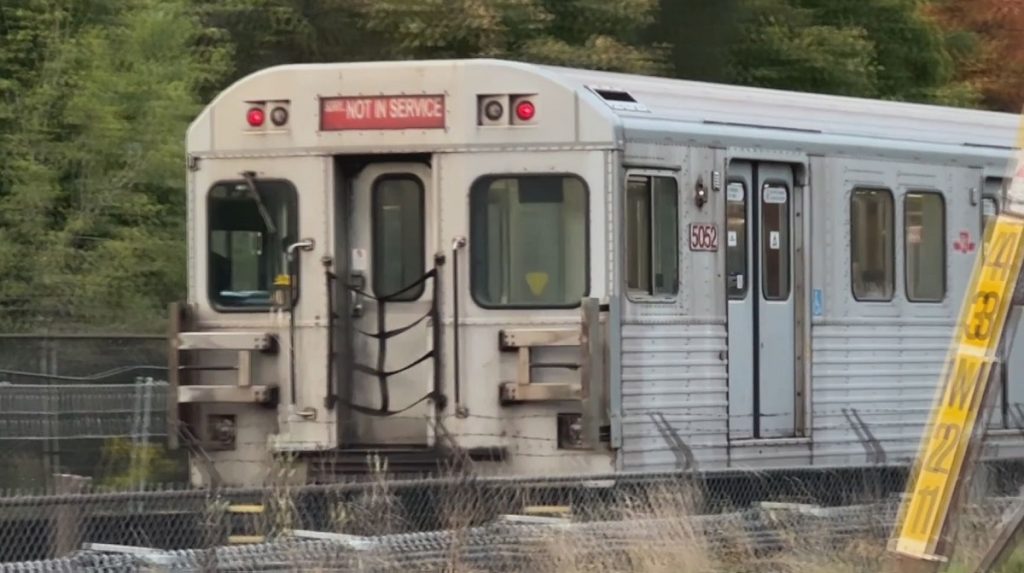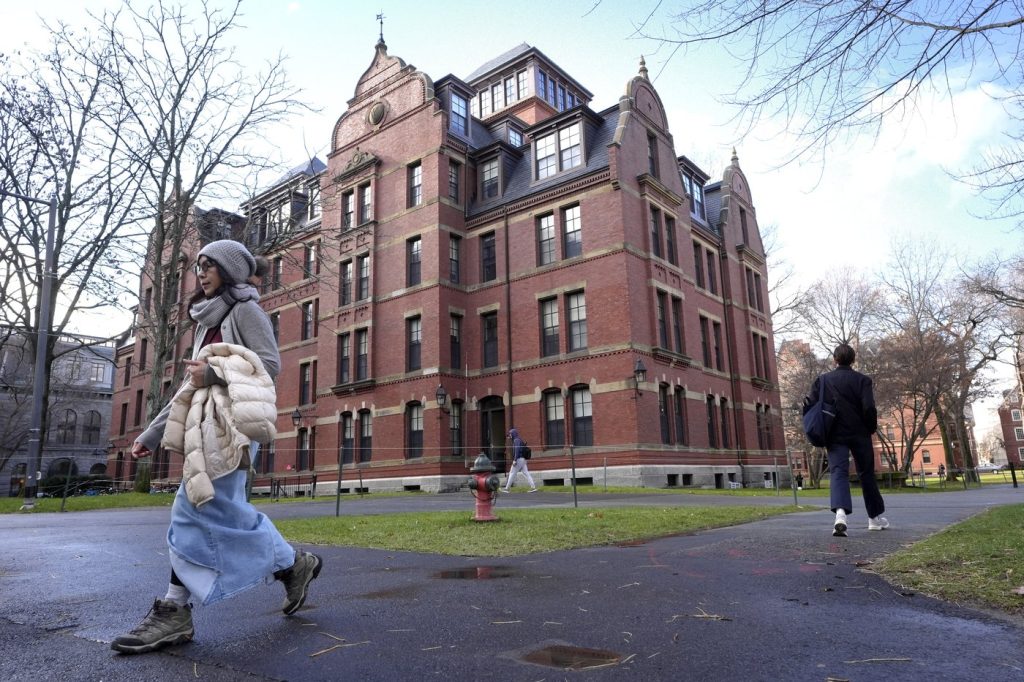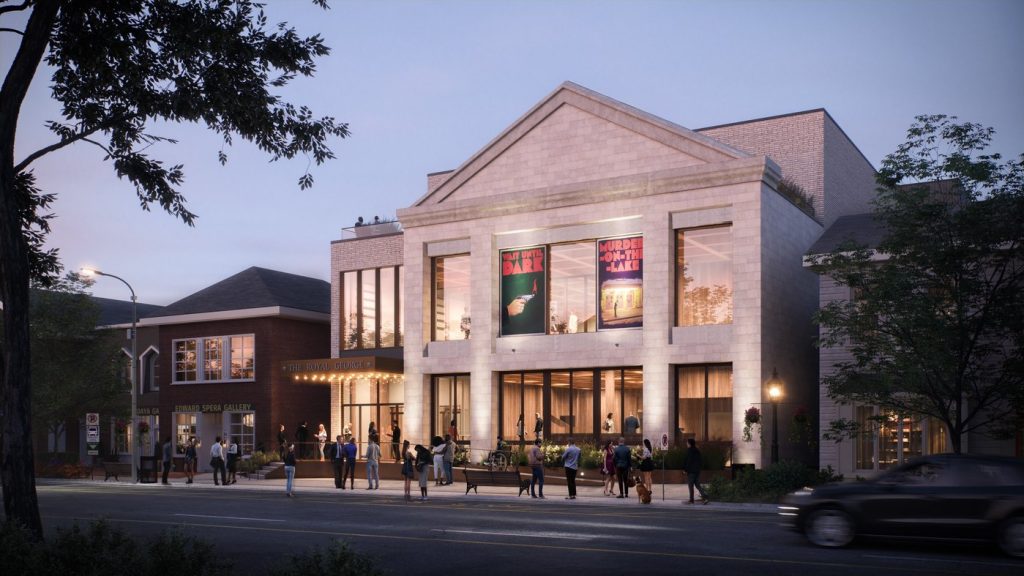On May 20, 2025, U.S. President Donald Trump unveiled significant details regarding his administration's plan for a new missile defense initiative dubbed the "Golden Dome." During an announcement in Washington, Trump emphasized the logical involvement of Canada in this ambitious defense project, stating, "Canada has called us and they want to be a part of it." He reiterated the longstanding partnership between the two nations in defense matters, highlighting the importance of protective measures for both countries.
The Golden Dome is projected to be a complex multilayered missile defense system with an estimated cost of $175 billion, which Trump claims will be operational by the end of his term in 2029. The system aims to deploy next-generation technologies across land, sea, and space, incorporating advanced space-based sensors and interceptors capable of intercepting missiles launched from various global locations, even from space.
Trump's vision for a "Golden Dome" is inspired by Israel's successful "Iron Dome" defense network, although critics question the feasibility and high costs associated with deploying such a system across the vast expanses of North America. Despite Trump's assertions regarding affordability, the Congressional Budget Office has indicated that the program's space-based components could potentially reach up to $542 billion over the next 20 years.
In his address, Trump assured that negotiations with Canada concerning financial contributions towards the Golden Dome would be forthcoming, stating, "They’ll pay their fair share." This acknowledgment of shared financial duties reflects ongoing discussions between the U.S. and Canada regarding enhanced defense partnerships.
The Prime Minister’s Office in Canada, led by Prime Minister Mark Carney, released a statement affirming that Canadians bestowed upon Carney "a strong mandate to negotiate a comprehensive new security and economic relationship with the United States." The discussions between Canadian officials and their American counterparts include considerations for reinforcing the North American Aerospace Defense Command (Norad) along with initiatives associated with the Golden Dome project.
The collaboration between Canada and the United States has a historical foundation, as they have long worked together through Norad to ensure air defense across both nations. However, the specific role that Canada would play in the Golden Dome defense system, as well as the financial implications of this partnership, remain ambiguous.
For many years, Canadian defense spending has been scrutinized by successive U.S. administrations, primarily due to Canada’s struggles in meeting NATO’s defense spending target of two percent of gross domestic product. In light of increasing geopolitical concerns—particularly regarding Russian and Chinese activities in the Arctic—Trump has advocated for improved security measures in the region. His previous threats related to annexation about Greenland and parts of Canada partially stem from these Arctic security worries.
In response to these concerns, Canada has stepped up its investment in defense. Prime Minister Carney has committed to achieving NATO's spending goals by the year 2030. Earlier this year, Carney publicized a significant $6 billion radar acquisition from Australia, aimed at bolstering military operations in the Arctic. The Over-the-Horizon Radar system, as announced, is expected to enhance early warning capabilities from the Canada-U.S. border into Arctic territories.
Last year, Canada's defense policy update included a commitment towards bolstering integrated air and missile defense strategies. Trump acknowledged Canada’s increased military engagement during a recent meeting with Prime Minister Carney, noting that "Canada is stepping up the military participation," which signifies a growing alignment in defense strategies between the two allies.
